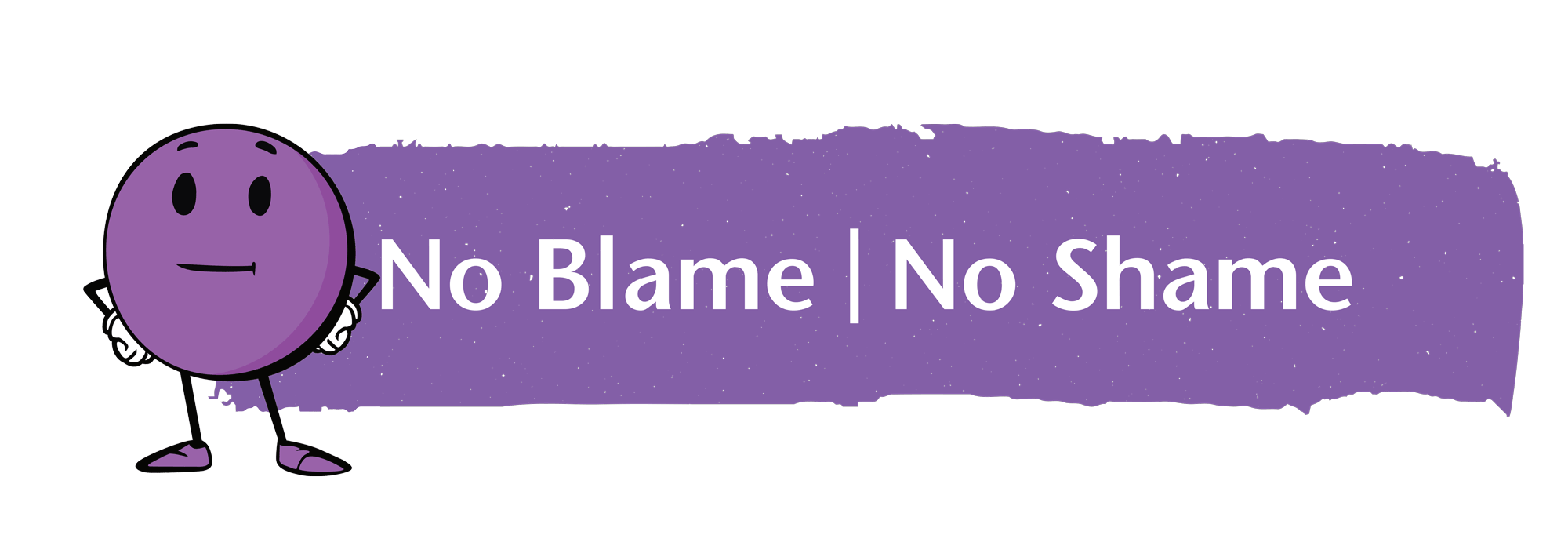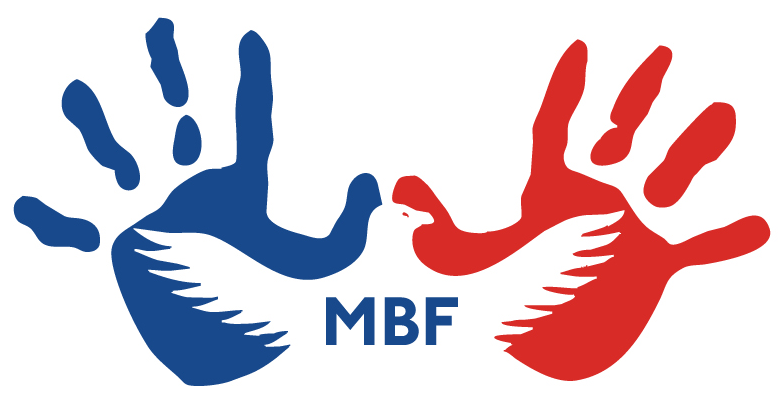The MBF 5 Safety Rules© are taught to children and teens in all MBF Prevention Education Programs. The Safety Rules are strategies designed to help children, teens, and adults identify and respond to abuse, bullying and other types of victimization.
Why do we need Safety Rules?
Being a child or teenager today is exciting with technology and opportunities. It can also be a scary time, with new challenges and safety concerns. The reality is, 1 in 5 children will be abused or harmed in some way before they turn 18.
Abuse, bullying, cyberbullying, digital dangers, online exploitation, and human trafficking are all very real dangers in our world. And none of us can ever think, “It won’t happen to me,” or “It won’t happen to my child,” or “It won’t happen in my school or community.” The reality is, children and teens are victimized every day, in every community, regardless of race, ethnicity, socioeconomic status, family status, or anything else.
No matter who you are, the 5 Safety Rules are strategies that can protect children. Kids and teens can use them to know when a situation or person is unsafe and how to get help from a Safe Adult. Parents, educators, and other adults can use them to communicate with kids and to help keep them safe.
Learn more about the Safety Rules below!

SAFETY RULE #1 is KNOW WHAT’S UP
Knowing What’s Up means you are aware of situations in your environment and people around you that may not be safe, both online and off. It also means knowing things like staying with a friend at all times and memorizing your parents’ and Safe Adults’ cell phone numbers in case you lose your phone. When you are aware, you are empowered, and less likely to be victimized.
How adults can use this Safety Rule:
Talk to children about safety and listen to them. Help them understand unsafe situations and how to use the Safety Rules to keep them safe. Make sure they know your personal contact information and how to reach you and their other Safe Adults. Have a private family password and make sure they know to never go with anyone who doesn’t know it. Ask them questions about times when they are away from you. Know whom they are with and what they are doing. Finally, learn about the technology and devices they are using or have access to, and talk to them about potential online dangers.

SAFETY RULE #2 is SPOT RED FLAGS
Spotting Red Flags means using your awareness of safe versus unsafe situations to determine if someone’s behavior or a social interaction, online or off, is unsafe or inappropriate. Spotting Red Flags like bullying, cyberbullying, inappropriate online behavior, or adults trying to trick, force, or manipulate you into unsafe or inappropriate situations, will empower you to use the other Safety Rules to help you stay safe.
How adults can use this Safety Rule:
Teach children safety concepts such as personal space and boundaries, respecting themselves and others, safe vs. unsafe situations, secrets and tricks, and digital safety. Teach them the correct names for their private body parts, and how to report if anyone looks at, touches, or photographs their private parts. Educate them about Red Flags, both online and off, and how to seek help. If you are talking to children and educating them about possible dangers and how to spot the Red Flag behaviors that lead to those dangers, it minimizes their risk of being victimized.

SAFETY RULE #3 is MAKE A MOVE
Making a Move involves using good decision-making skills to respond to new or unsafe situations, both online or off. You can Make a Move by “Getting away” from unsafe situations or people if possible, or by staying away from people and situations you know are unsafe. It also means helping a friend out of an unsafe situation, whether they recognize it’s unsafe or not.
How adults can use this Safety Rule:
If you suspect a child is being harmed, trust yourself and Make a Move to keep them safe. If a child tells you about abuse or bullying that has happened to him/her or another child, praise them for telling you and take action right away. Report bullying to the school or organization where it occurred. Report abuse to your state child welfare agency, and unsafe online behaviors to law enforcement, and the Cybertipline at 800-843-5678. (Visit https://www.childwelfare.gov/organizations/ for state child welfare agencies and contact information.)

SAFETY RULE #4 is TALK IT UP
Talking It Up means knowing you have a right to be safe and knowing you can use a strong or assertive voice if you or others are in an unsafe situation, online or off. You can Talk It Up by saying “No” to someone who is violating your personal boundaries, or someone who is demonstrating unsafe or inappropriate behaviors to you or others. Talking It Up also means telling (or reporting) a Safe Adult about unsafe or inappropriate situations or behaviors. Not telling, to avoid being seen as a “snitch,” allows problems to continue to grow and may cause more damaging long-term consequences.
How adults can use this Safety Rule:
Talk to children using everyday opportunities to discuss safety and safe vs. unsafe situations. Ask children to spot Red Flags and use the Safety Rules to protect themselves using role-play opportunities. Let them know they can talk to you about anything, so if the need arises, they will feel comfortable talking to you about difficult topics. Talk to other adults about child safety, so they too become better educated and empowered.

SAFETY RULE #5 is NO BLAME | NO SHAME
No matter what happens, or what has happened in the past, it is important to know you should never feel ashamed to seek help and talk to a Safe Adult if you are unsafe or have been hurt. You are not to blame and it is never too late to tell. As you get older, you will encounter new people and situations and will make decisions about your own behavior. If you have made an unsafe or inappropriate decision, talking to a Safe Adult can help you learn and stay safe.
How adults can use this Safety Rule:
Let children know that no matter what happens to them, they are never to blame because adults are responsible for keeping kids safe ALWAYS. Let them know that no matter what they are told, they should never be ashamed to tell you or another Safe Adult about Red Flags, abuse, or anything else they need to tell you to help keep them safe. Let them know you support them. Also remember, if a child is victimized, you are not to blame and you should not be ashamed to seek help. Support is available.
Watch the video below to see the Safety Rules in a classroom: |
Resources for Parents/Adults
How to Use the 5 Safety Rules and Talk to Kids
Being a Safe Adult
Blog Series: 5 Safety Rules
Resources for Children/Teens:
Printable Safe Adult Bookmark
Safety Rules Coloring Sheet
Resource Card
Help/Hotlines






